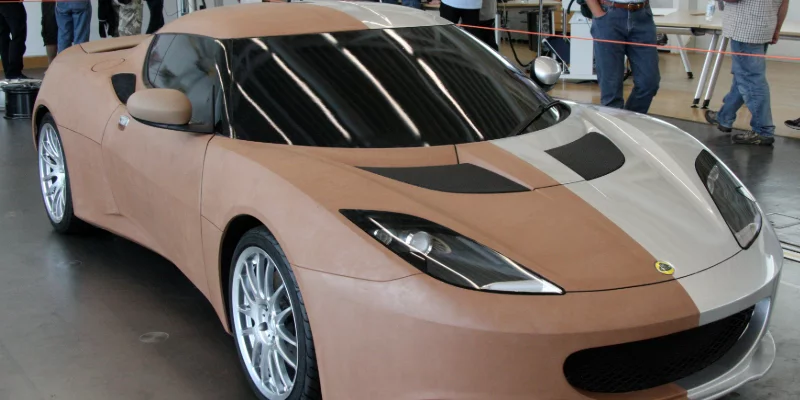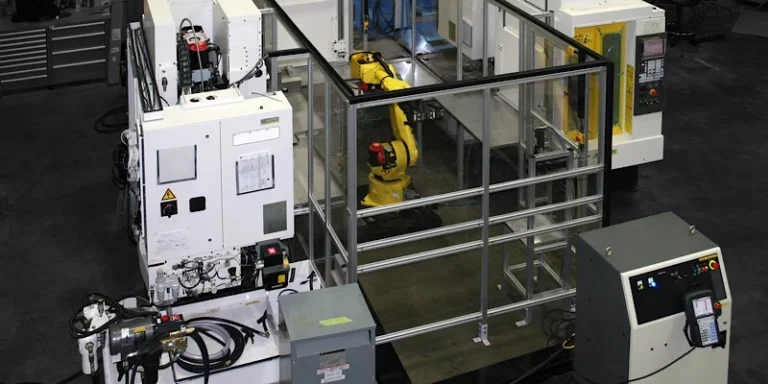Your questions about how your product will look and feel once finished are answered by an appearance prototype. An appearance prototype is a physical representation that closely resembles the final product in terms of look and feel. However, it often does not function like the final product. Similar to a presentation prototype, it is created to show stakeholders, designers, and the media how the design is expected to appear in the end. Typically, an appearance prototype lacks movable parts or internal structures, such as an engine or drivetrain in a car prototype.
With advancements in prototyping technologies, CNC machined and 3D printed parts are now extensively used in appearance prototyping to make the prototypes as close as possible to the actual product. Materials used at this stage include 3D printed plastics, CNC machined RenShape, solid wood, clay, medium-density fiberboard (MDF), sheet metal, and paint.
An Appearance Prototype Of Lotus Evora For The Feasibility Study
Appearance prototyping is a crucial phase in nearly all industries, conducted before launching new products to the market. Several prominent industries frequently incorporate this prototyping stage to generate revenue, spark public interest, and satisfy shareholders.
Automotive Industry
In the automotive industry, CNC machining and various hand modeling techniques are extensively utilized to produce precisely engineered prototypes that closely match approved designs. When new car models are showcased at major motor shows to assess market demand and attract media attention, companies meticulously refine the exterior details. A combination of hand and CNC clay modeling is one of the most commonly employed techniques in automotive prototyping. Since these prototypes must captivate investors and potential customers, the appearance prototype is designed to impress its viewers. Achieving such high levels of detail is made possible through CNC prototyping.
Hand clay modeling carried out in order to be fine-tuned via CNC
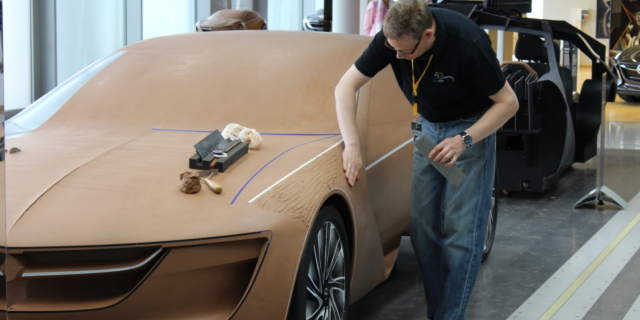
The production model of the prototype shown earlier
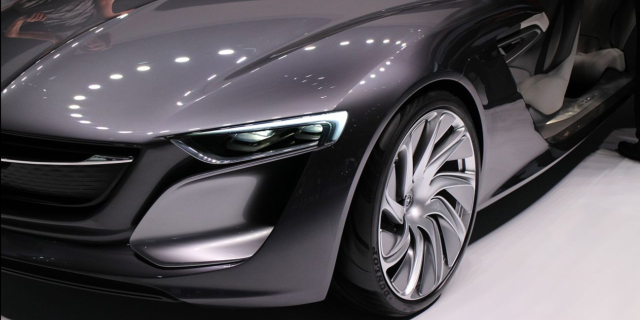
UAV Airframe Prototyping
Over the past two decades, UAVs have experienced significant growth, along with the advancements in the technology used to manufacture them. Military UAVs, in particular, undergo intense bidding processes from various contractors. To stand out, each contractor ensures that their appearance prototype is both visually striking and precisely machined to meet customer demands. To achieve this, they use autoclave prepreg materials and CNC machining with low-cost cutting tools, keeping the prototype both budget-friendly and impressive enough to secure deals. CNC technology allows companies to devote more time to designing the product and less time to prototyping, thanks to modern rapid prototyping techniques.
UAV Developed by Air Marshall Inc, on Display at an Airshow
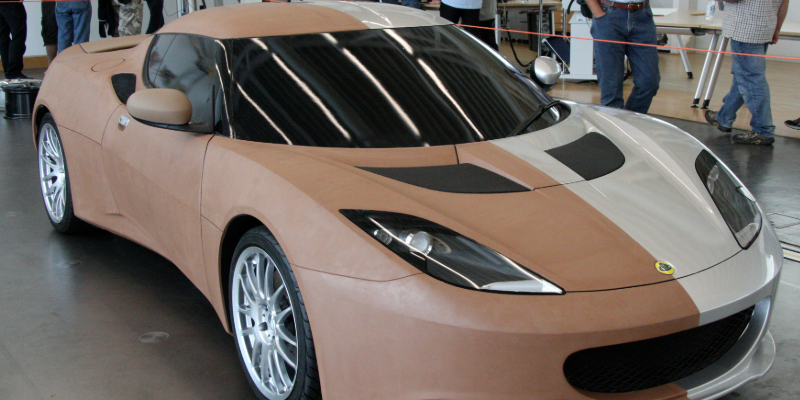
Aerospace Industry
Over the past two decades, UAVs have experienced significant growth, along with the advancements in the technology used to manufacture them. Military UAVs, in particular, undergo intense bidding processes from various contractors. To stand out, each contractor ensures that their appearance prototype is both visually striking and precisely machined to meet customer demands. To achieve this, they use autoclave prepreg materials and CNC machining with low-cost cutting tools, keeping the prototype both budget-friendly and impressive enough to secure deals. CNC technology allows companies to devote more time to designing the product and less time to prototyping, thanks to modern rapid prototyping techniques.
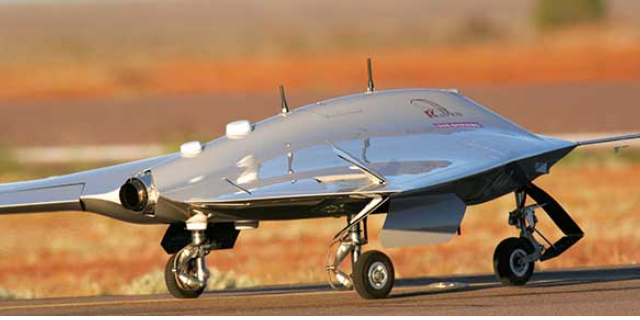
Airbus A350 prototype on demonstration of its airframe integrity
In addition to manufacturing the airframe and avionics of an aircraft, the interior design is meticulously planned and prototyped. The cabin design plays a crucial role in distinguishing airlines, with each striving to optimize their interiors. During initial presentations to the public, particularly during mock-ups of new aircraft cabins, various prototyping techniques are employed to create an appearance prototype that is as attractive and appealing as possible.
Computer Industry
Every year at the Consumer Electronics Show (CES) in Las Vegas, we witness the unveiling of beautifully crafted mobile phones and laptops. These appearance prototypes are the result of various rapid prototyping techniques, including 3D printing, 5-axis CNC machining, and meticulous polishing. The precise engraving of brand names, initials, and model numbers is achieved through laser printing and precise CNC machining.
Equipment
Regardless of their size or weight, all types of equipment incorporate CNC machining in some form. CNC machining is essential for constructing major components of heavy machinery prototypes because it is both time-efficient and cost-effective. The textures and dimensions of nuts and bolts, as well as the designs of crowbars, blades, and hammers, are all created using CNC machining. Once these prototypes receive approval, the final production process commences, heavily relying on rapid machining and production techniques.
Appearance Prototyping With AS Prototypes
With the rising demand for appearance prototyping, AS Prototypes has established itself as a leading pioneer in the industry. We are your number one solution for all your prototyping needs. AS Prototypes excels in plastic prototype machining, CNC aluminum machining, clear optical prototypes, and low-volume manufacturing. At AS Prototypes, we transform your ideas into reality and bring your products to life. We invite you to book an appointment with us and watch your ideas take off in no time. Great products require exceptional prototyping, and that’s what we are here to deliver.

